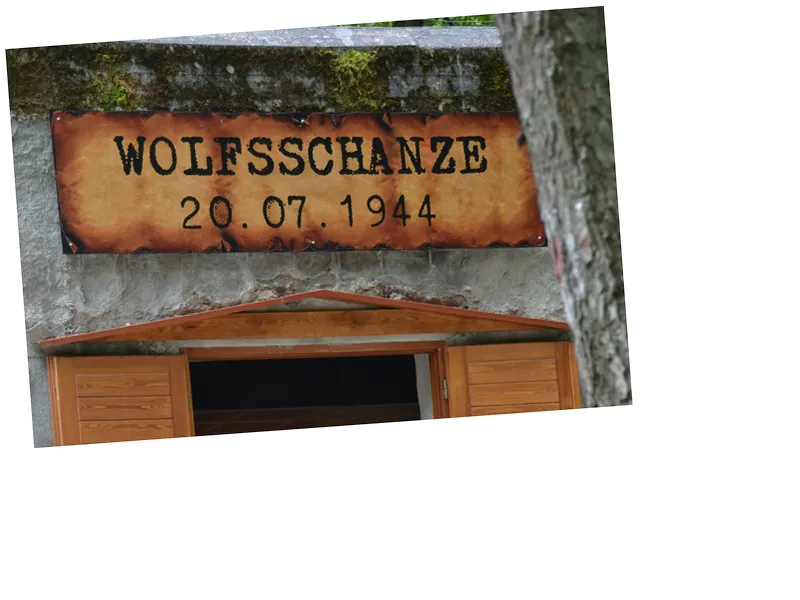The Wolf's Lair: A Historical Reflection on Hitler's Command Center
The Wolf's Lair, located in Poland, served as Adolf Hitler's primary military headquarters during World War II from 1940 to 1944. This site was pivotal for the Nazi regime, where Hitler orchestrated military strategies and directed horrific campaigns such as the Holocaust. The complex, hidden deep within a forest in Kętrzyn, was not only a strategic command center but also a symbol of the atrocities committed during this dark chapter in history.
The narrative surrounding the Wolf's Lair has been enriched by the testimony of the son of a Nazi guard who stood watch at this notorious location. He recalls how his father, a sergeant in the Greater German Guard unit, witnessed significant events, including the failed assassination attempt on Hitler by Klaus Schenk von Stauffenberg in July 1944. This incident, which involved an explosive device intended to kill the Führer, ultimately failed and led to dire consequences for those involved.
Despite his father's pivotal role during this tumultuous time, the son reveals that discussions about the war years were rare in their household. His father’s silence on the subject reflects a broader trend among those who lived through the Nazi regime, often leaving the younger generation with unanswered questions about their family’s past.
Today, the Wolf's Lair attracts approximately 340,000 visitors annually, many of whom come from Germany, eager to learn about the historical significance of the site. The Polish administration has worked to preserve and reconstruct important areas, including the room where the assassination attempt took place, fostering a space for reflection and education.
However, the site's popularity raises concerns about the potential for extremist ideologies to surface among visitors, particularly in light of the recent rise of far-right movements across Europe. As the Wolf's Lair stands as a reminder of both the victims and perpetrators of the Nazi regime, it emphasizes the importance of understanding and re-evaluating this period of history.
In conclusion, the Wolf's Lair remains a powerful symbol of World War II, embodying the complexities of memory, history, and the ongoing struggle against the ideologies that led to one of the darkest times in human history.





